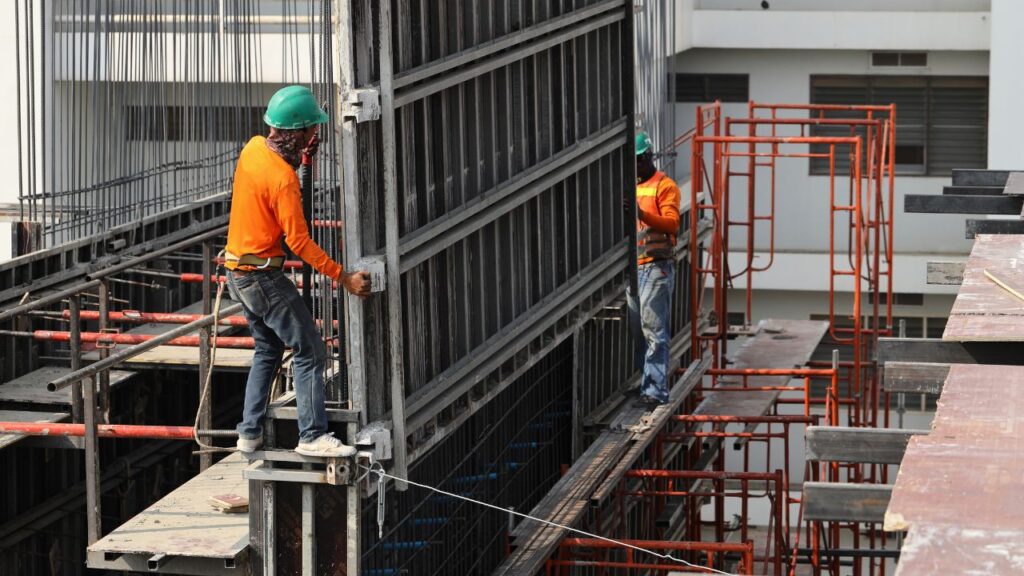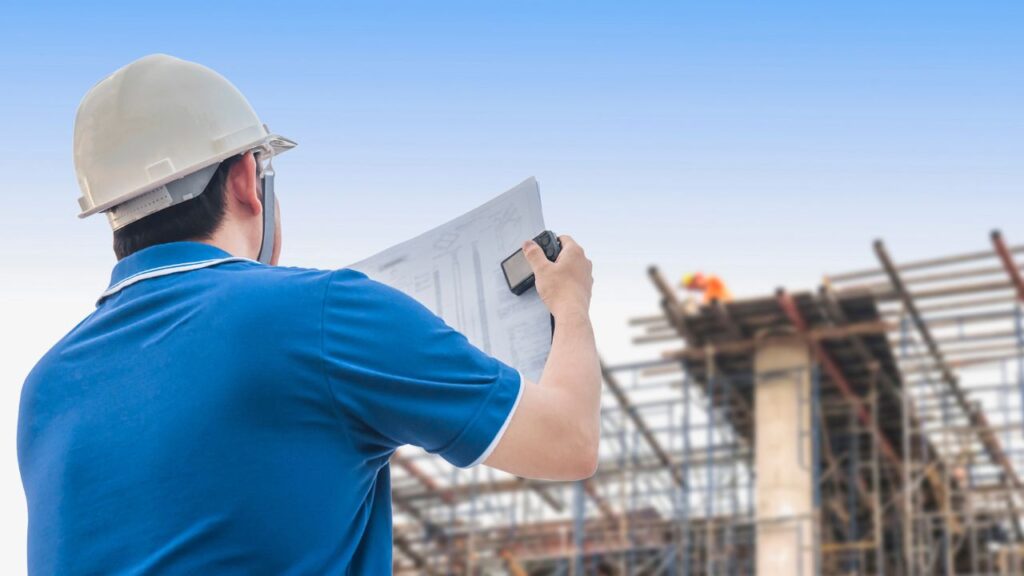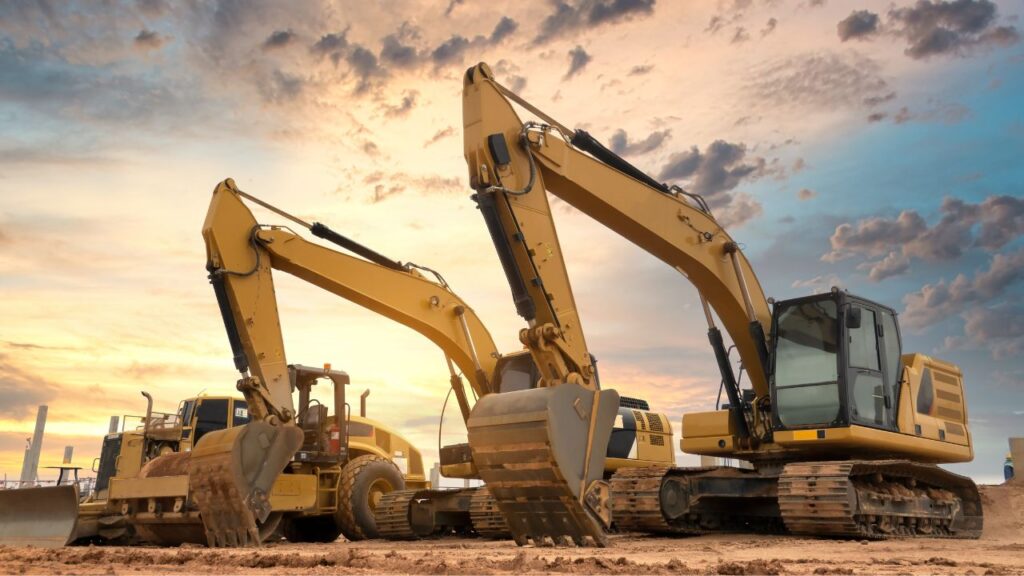How to Prepare Accurate Material Takeoffs?
Material takeoff, also known as quantity takeoff, or construction takeoff is the most significant part of the construction estimation process. While these names might be confusing, let us have a look at what a material takeoff is.
Before bidding on a project, knowing the quantities and types of materials that are deemed significant to complete a certain construction project, is important. And why is this so?
It is necessary as it ensures the estimation of material requirements, the costs of required material while providing an almost precise indication of labor cost as well. It is an essential part of the overall project estimation process.

Construction takeoffs provide a comprehensive list of materials to be used in the project. However, before submission, the cost is adjusted to account for fluctuation in the market values and the wastage of materials. The cost of materials varies depending on factors, including the market’s volatility and the location where the project needs to be done.
This methodical manner before starting a project is an important approach and helps in achieving precise estimation. Moreover, this allows your job to run smoother and ensures that your contractors or workers have everything on hand.
These takeoffs, while simple in principle, can be difficult and time-consuming, especially for those who are unaware of the procedure. The quantities are calculated by using the dimensions and scale given on the drawings. This holds importance as most of the time, the estimators adjust for waste hence reducing the accuracy of takeoff.
As said, getting an accurate estimation of material is not easy. Therefore, we have come up with some tips so you can prepare the best material takeoff estimates.
Define Scope of Takeoffs
Consider; What needs to be taken off? Before preparing the best material takeoff, one needs to know the answer thoroughly. If there are still any doubts, you can ask the owner or architect instead of making assumptions.
Measurements of Items
The dimensions are already specified in the drawings of the project for the estimator to measure. Once the scope is understood, the estimator can measure items easily. We recommend that you scale the dimensions yourself as the size might change in the design phase and results in out-of-scale drawings.

Record Quantity
Record quantities of each item and make references as to where the items exist in the structure or building. Include grid reference, drawing number, and detail number in the list to record the takeoff estimates.
Make a Checklist
To keep the project on track and to complete it fully, the organization is the key. While estimating, you might tend to forget things such as landscaping, permits, or hardscaping. Make sure to make a checklist, so you don’t forget the significant items and steps.
Here’s when a professional construction estimation software serves as an advantage instead of manual handling. It has all the information required and has a worksheet, including formulas, so you can calculate the costs or track costs smoothly without any error.
Understand the Fluctuations in Material Pricing
The market fluctuates and, along with this, fluctuates the prices of materials. That’s why you are required to pay attention to the factors impacting the prices. Ask yourself;
Is the material custom? Or Is there a high demand for a specific product or material? Or will you have to face delivery challenges?
Moreover, undertraining the installment of products and the labor needed (or not) in case of prefabricated components, availability of material and scheduling delays should be kept in mind while considering to prepare the best construction estimate.
Determining the Equipments
Considering which equipment is needed for the project and the details of the equipment such as size and type are significant for running the project smoothly. Ensure that the equipment you have matches your project. Similarly, verify that the equipment is reliable, performs well, offers relevant capabilities, and does the job efficiently.
Also, while preparing the cost estimation, consider which is more cost-effective? To rent the equipment or use your own? This question comes in handy when you don’t have the required tools.

Check For Insights
Involving material suppliers in your planning yields the best outcomes. They act as advisors and help you find products that not only meet the goals of the project but are also cost-efficient.
We recommend you take help from your material provider. The right advisor at the right time will give you insights that will be good for the project and that too in your defined budget. But before taking insights, ensure that the supplier has a clear understanding of your project, and they resonate with your vision. Their recommendations will hold ground if you take them on board.

